All Contents
Contents
In 1959 Continental Copters Inc of Fort Worth, Texas obtained a number of Bell 47G-2 helicopters and proceeded to convert them to operate as single-seat agricultural aircraft and the conversion became known as the El Tomcat, produced over a number of years in some numbers for agricultural work.
David C. Eyre
- May 17, 2019
The Ceres (the God of Fertility) was developed from the Wirraway trainer of World War II, which had been built at the Commonwealth Aircraft Corporation’s plant at Fishermens Bend, Vic, between 1939 and 1945.
David C. Eyre
- May 17, 2019
The Call Air A9, which first appeared in Australia in the mid-1960’s, was developed from a line of agricultural aircraft originally built by Call Air Inc of Afton, Wyoming.
David C. Eyre
- May 17, 2019
The Call Air Model B-1 agricultural aircraft was a development of the smaller A-9 series and was of similar configuration, being designed and manufactured by the Inter Mountain Manufacturing Co of Wyoming, USA (IMCO).
David C. Eyre
- May 17, 2019
Yeoman Aviation Pty Ltd of Bankstown, NSW, was formed in 1958 as an associate company of Kingsford Smith Aviation Services Pty Ltd to specialise in the development and servicing of agricultural aircraft.
David C. Eyre
- May 8, 2019
The 620A is an agricultural aircraft produced by the Weatherly Aviation Co of Lincoln, California, and is one in a series of aircraft produced in small volume by the company for this role.
David C. Eyre
- May 8, 2019
In the late 1950s Transfield Construction Pty Ltd was founded by two Italian immigrants to contract to do transmission line work in Australia. A subsidiary, Transavia Corp, was formed in 1964 to build aircraft.
David C. Eyre
- May 8, 2019
The Bell 47G series of helicopters was purchased and operated by the US Army, USAF, US Navy, the British Army and many other forces around the world, the prototype of the series flying for the first time on 8 December 1945.
David C. Eyre
- May 8, 2019
This series of agricultural aircraft has received a number of appellations over the years, being known as the Snow Commander, Ayres, Marsh, Thrush, Aero Commander Ag Commander and the Rockwell Thrush Commander.
David C. Eyre
- May 8, 2019
The PA-36 series of agricultural monoplanes appeared in 1971.
David C. Eyre
- May 8, 2019
In 1981 Piper Aircraft sold the rights to the PA-36 type to WTA based in Texas which Company thereafter marketed two variants from 1982, these being the PA-36-375 New Brave and the PA-36-400 New Brave with 280-kw (375-hp) and 298-kw (400-hp) engines and by 1987 had completed 150 further aircraft,
David C. Eyre
- May 8, 2019
Designed solely as an agricultural aircraft with particular attention paid to pilot safety, and with all parts of the structure exposed to chemicals treated with polyurethane, epoxy enamels, or built with stainless steel, the prototype
David C. Eyre
- May 8, 2019
The Piper PA-25 Pawnee, was flown for the first time in 1958, and was known initially as the Ag 3.
David C. Eyre
- May 8, 2019
As noted elsewhere, the M-18 Dromader is a fire-fighting and agricultural aeroplane designed to operate under night and day VFR conditions and built to comply with FAR Pt 23, and AMDT.16 built by Polskie Zaktady Lotnicze in Mielec in Poland.
David C. Eyre
- May 8, 2019
The Murrayair MA-1 was a redesign and reconstruction of the Boeing Stearman Model 75 Kaydet biplane trainer as a two-seat crop-dusting aircraft performed under contract to Murrayair Ltd of Hawaii by engineers at Air New Zealand, some 9,000 examples of the Stearman having been built as trainers during world War
David C. Eyre
- May 8, 2019
The KS-3 agricultural aircraft was the forerunner of the Yeoman Cropmaster, and was built at Bankstown, NSW, by Kingsford Smith Aviation Services in the 1950s.
David C. Eyre
- May 8, 2019
In 1954 the need was seen by Kingsford Smith Aviation Services Pty Ltd of Bankstow, NSW for a large, high powered, agricultural aircraft of simple construction to replace the de Havilland Tiger Moth then in widespread use.
David C. Eyre
- May 8, 2019
The Grumman Ag Cat was designed by Joseph Lippert and Arthur Koch for agricultural work, having been perceived by the Grumman Corporation as an aircraft that would meet the growing agriculture market.
David C. Eyre
- May 8, 2019
For some years Gippsland Aeronautics (formerly Latrobe Valley Aviation Services) was involved in rebuilding the Piper PA-25-235 Pawnee agricultural aircraft.
David C. Eyre
- May 8, 2019
Over the years in order to reduce the operational cost of operating an agricultural aircraft operators have fitted a number of engines to the type and these have included converted motor vehicle and truck engines These have included the following
David C. Eyre
- May 8, 2019
Since it was introduced to the agricultural industry in the 1950s the FU-24 series has seen a lot of development
David C. Eyre
- May 8, 2019
The FU-24 was one of three designs by John Thorp for the Fletcher Aircraft Corp of El Monte, California, as the Thorp T15, the FU-24 Utility was adapted for aerial agriculture operations in New Zealand The prototype (N6505C – later ZK-BDS – c/n 1) was flown for the first time
David C. Eyre
- May 8, 2019
The Airtruck was designed by Luigi Pellarini and built by Bennett Aviation Limited at Te Kuiti and, basically, was a development of the Kingsford Smith PL-7 Tanker and used some of the ideas from that design but using parts from ex-RNZAF Harvards which were available cheaply and in numbers.
David C. Eyre
- May 8, 2019
Recent Comments
Archives
Categories
- No categories
Categories
- No categories
Latest Posts
Newsletter


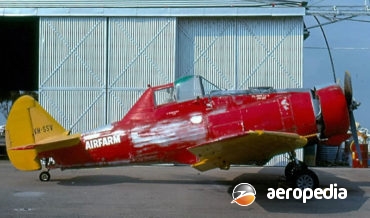


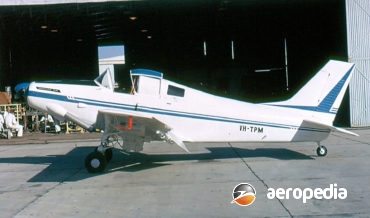

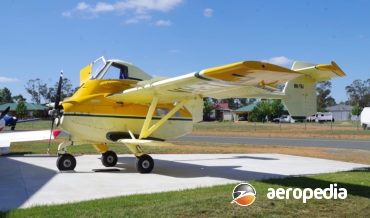
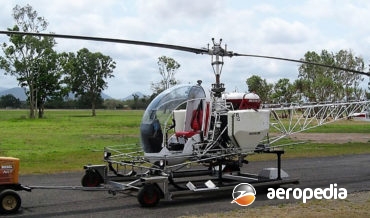
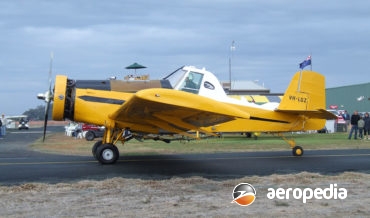
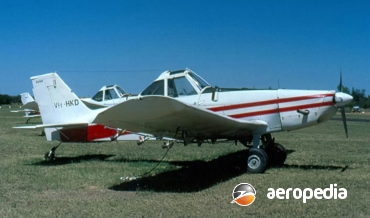
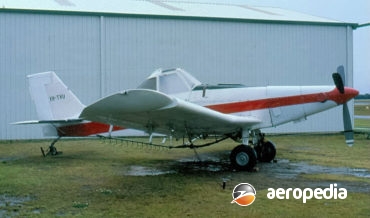
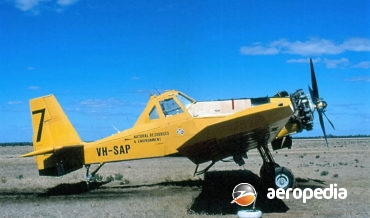
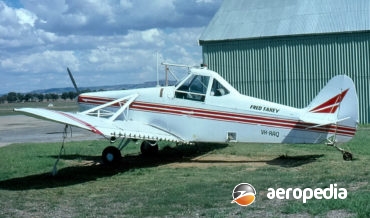
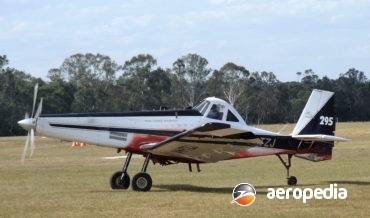
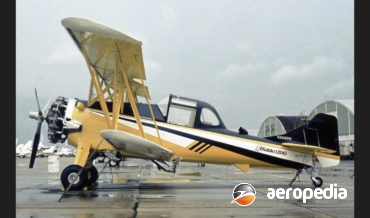


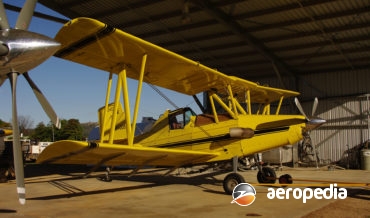
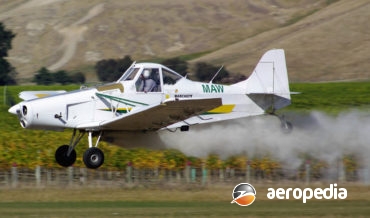
![FLETCHER FU-24 [ENGINE CONVERSIONS]](https://aeropedia.com.au/wp-content/uploads/2019/05/Fletcher-FU-24-engine-conversions-Aeropedia-The-Encyclopedia-of-Aircraft-Australia-New-Zealand-370x218.jpg?v=1588645299)


